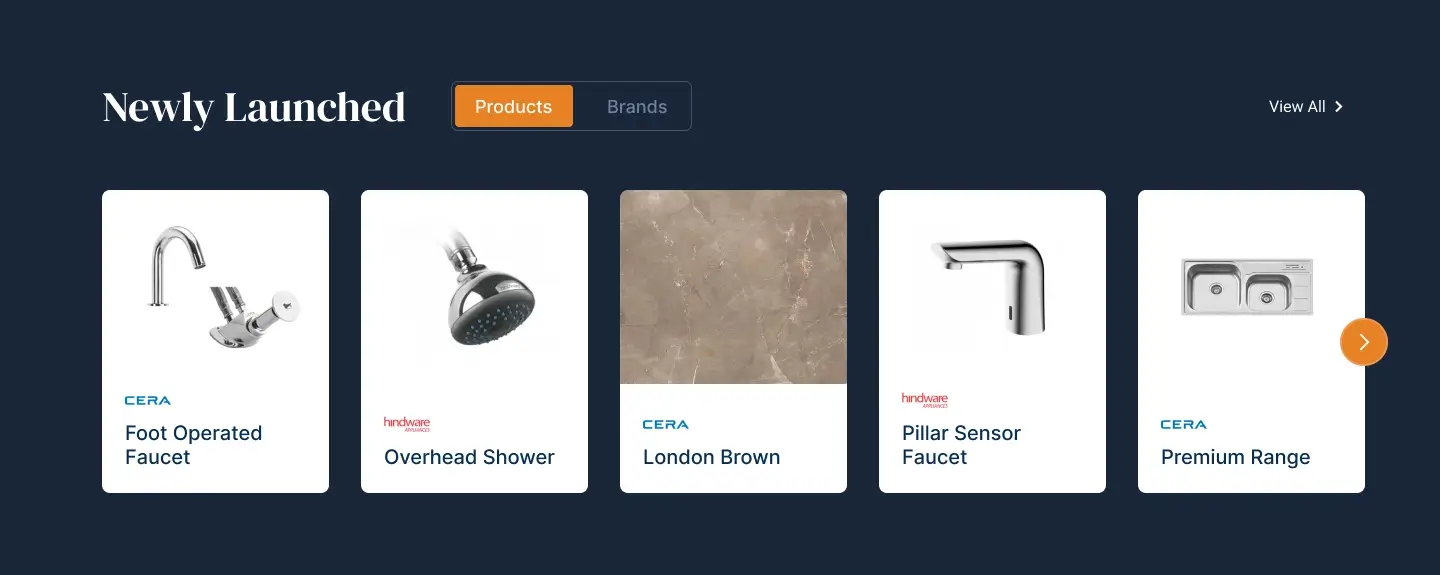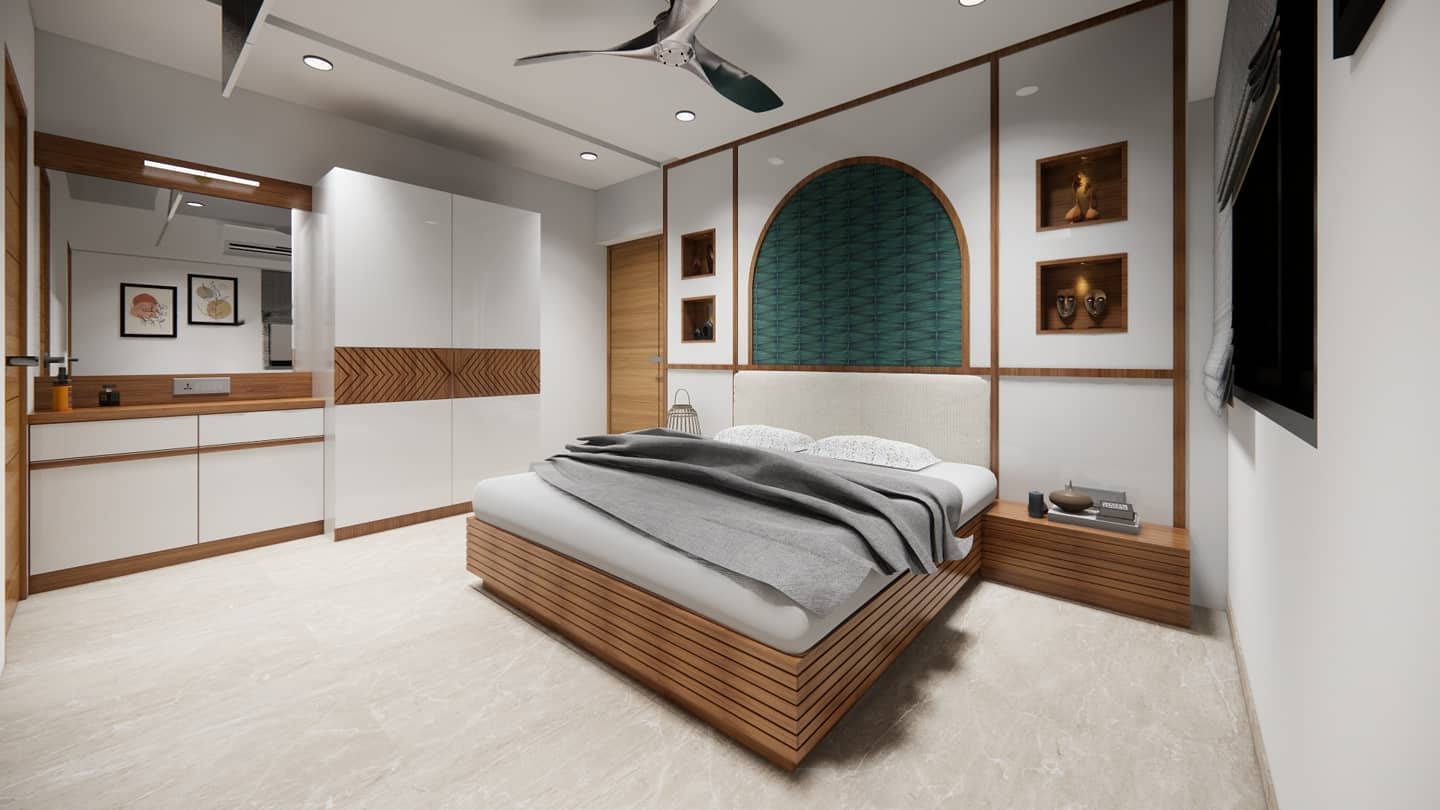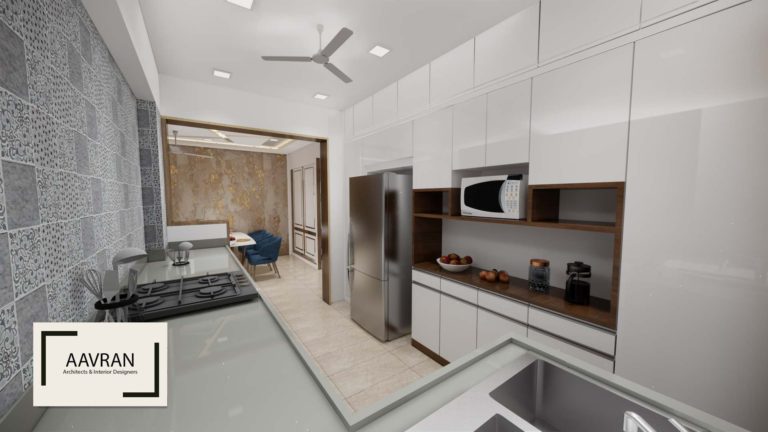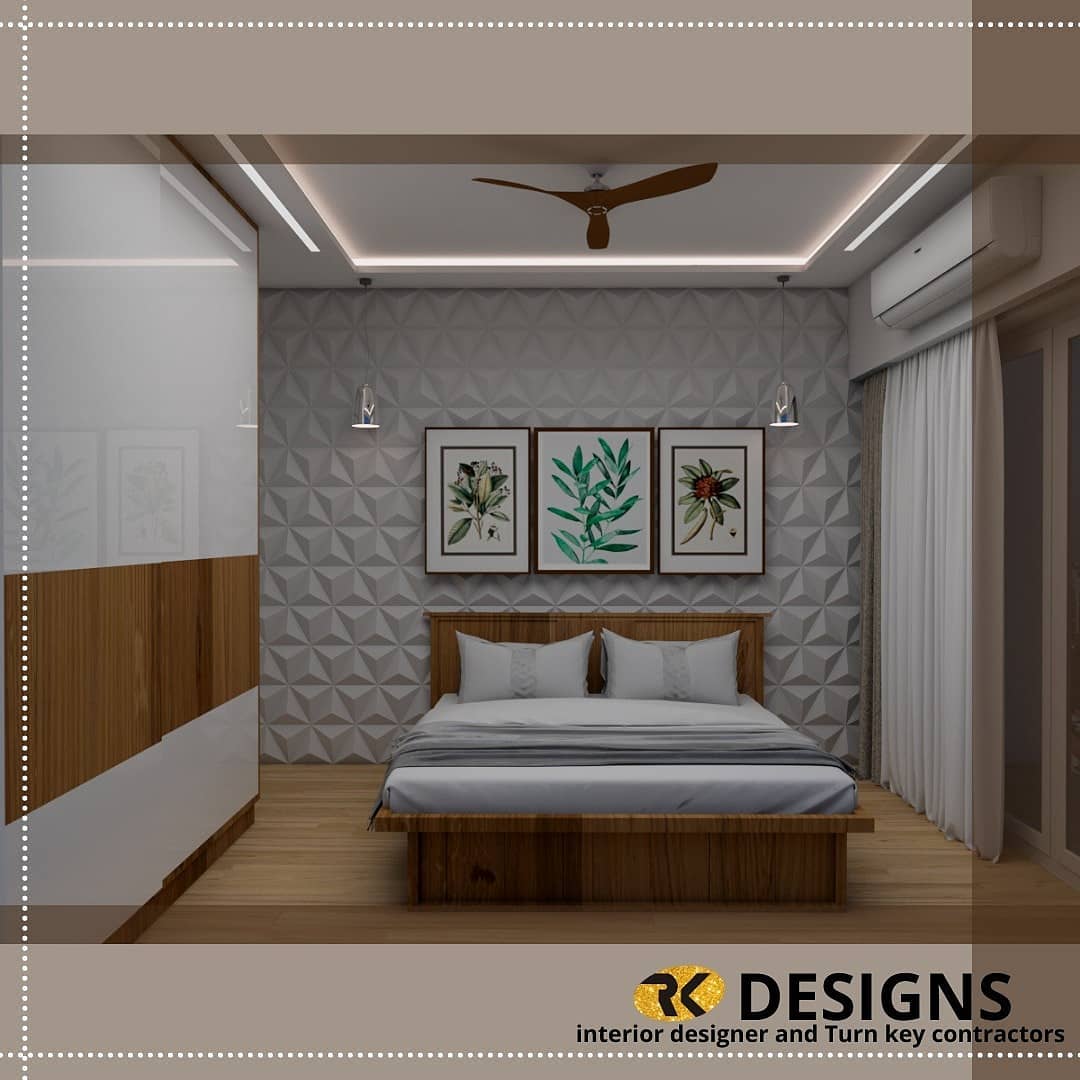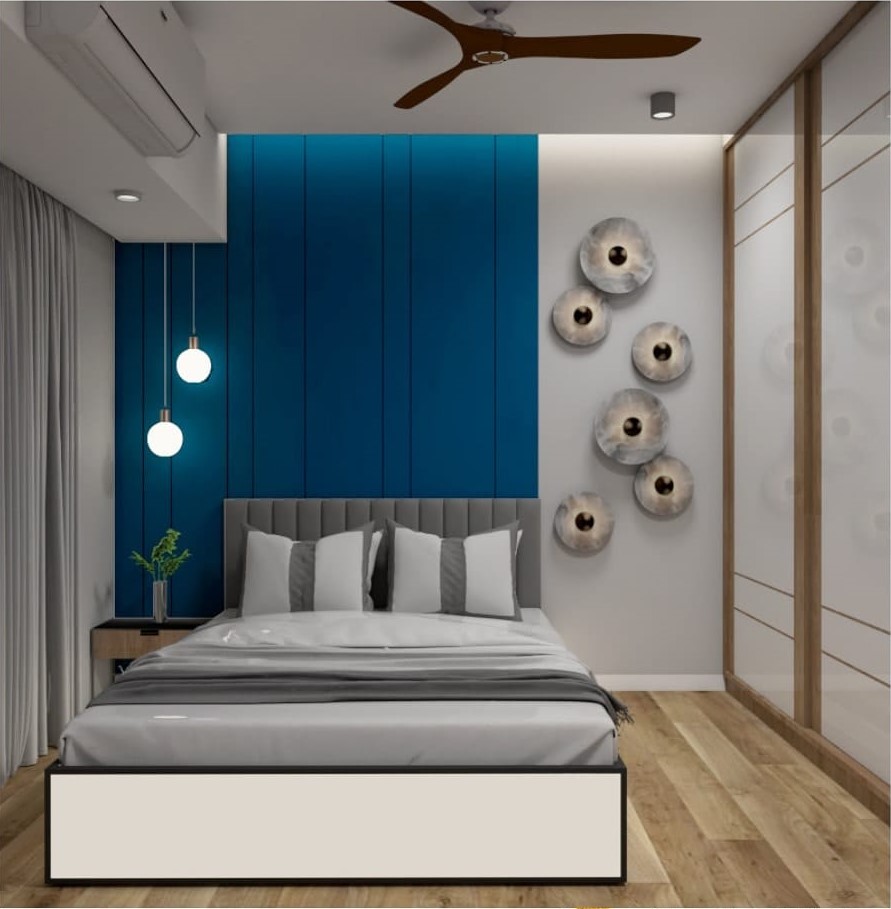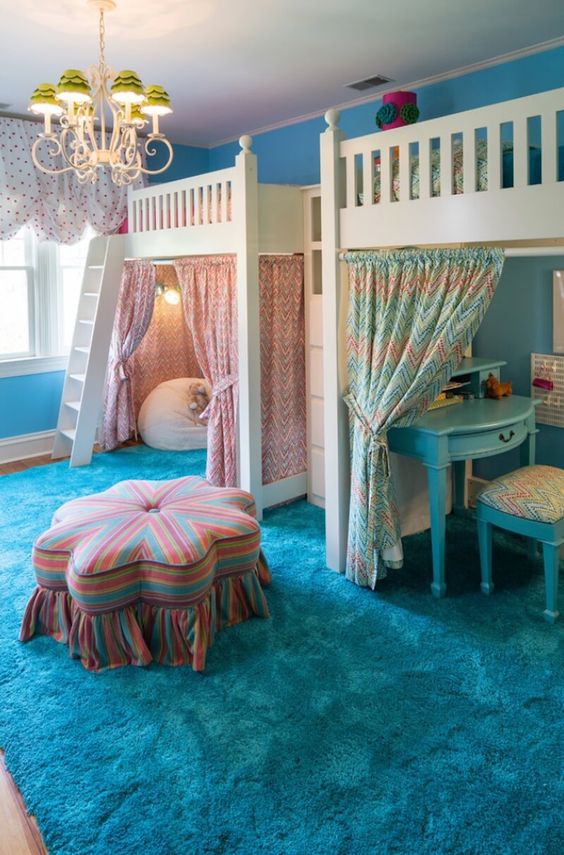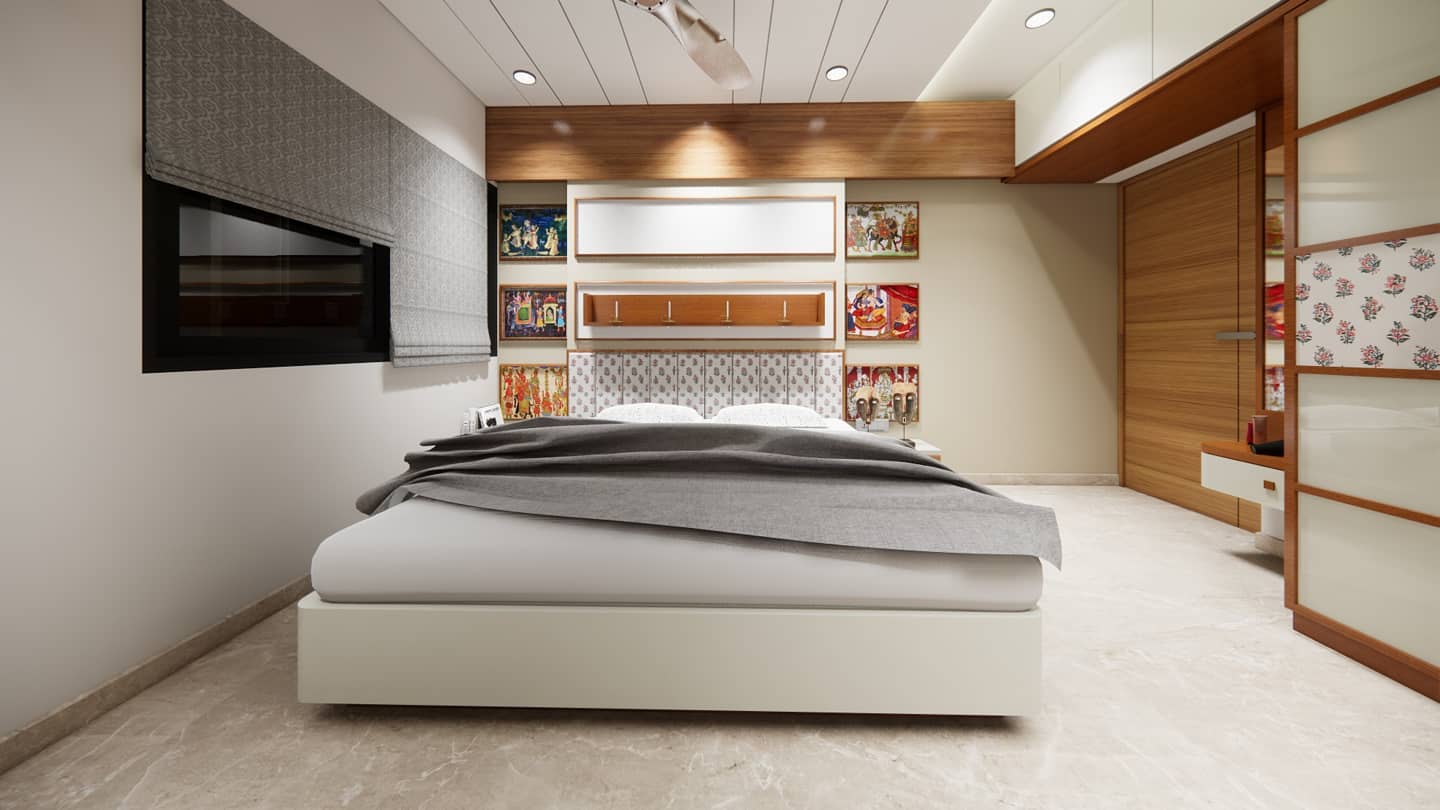
Table of Contents
Quick Summary
- Explores how to choose the perfect refrigerator based on household needs and lifestyle.
- Covers balance between functionality and design in modern fridges.
- Highlights energy efficiency, sustainability, and eco-friendly refrigerants.
- Explains smart technologies like app control, temperature sensors, and AI optimization.
- Discusses capacity planning and layout efficiency for different household sizes.
- Offers design integration tips for aesthetic harmony in kitchens.
- Provides maintenance advice to prolong lifespan and boost performance.
- Emphasizes sustainable living through efficient usage and long-lasting materials.
In today’s modern kitchen, the refrigerator is no longer just an appliance – it’s a statement piece that blends technology, style, and sustainability. Choosing the right model can be surprisingly complex. With countless options varying in size, capacity, and features, it’s easy to feel overwhelmed. This comprehensive guide, inspired by “Choosing the Right Fridge for Your Home: Functionality Meets Design,” will help you find the ideal cooling solution that fits both your lifestyle and your aesthetic preferences.
Modern refrigeration is about more than keeping food cold. It’s about creating a smart, energy-efficient, and visually appealing hub for freshness. Leading brands like Liebherr have redefined cooling technology by combining advanced performance with elegant design. If you’re looking for inspiration or considering an upgrade, explore fridge models that combine innovation with timeless aesthetics.
The Perfect Balance between Functionality and Design
The journey to finding the right appliance starts with understanding your unique needs. How often do you cook? How many people live in your household? Do you prefer weekly grocery hauls or daily trips to the local market? These questions are crucial in determining whether you need a compact unit, a classic top-freezer model, or a high-capacity French-door design. Today’s refrigerators are equipped with features like NoFrost systems, BioFresh drawers, and SmartDevice connectivity that not only preserve freshness but also save energy and time.
Yet, functionality alone doesn’t define a great refrigerator. In modern living spaces – particularly open kitchens – design is just as important. Stainless steel finishes, glass surfaces, integrated lighting, and handle-free doors transform cooling appliances into stylish centerpieces. Whether your aesthetic leans toward minimalism, retro charm, or futuristic elegance, the right model should seamlessly complement your home’s atmosphere while enhancing its visual appeal.
“A great refrigerator isn’t just a household appliance – it’s an investment in lifestyle, combining function, design, and sustainability in perfect harmony.”
The best models strike this delicate balance. They integrate innovation discreetly, ensuring that technology enhances rather than overshadows design. Hidden ventilation systems, flush-mounted doors, and modular interiors make these appliances feel like part of the architecture. Premium materials ensure durability, while adjustable shelves and convertible compartments offer flexibility that adapts to your evolving needs.
Energy Efficiency: When Sustainability Meets Smart Engineering
Energy efficiency is one of the most critical factors when choosing a refrigerator. Modern consumers expect their appliances to be powerful yet environmentally responsible. The energy label provides an initial reference point, but the real performance lies in the details. Refrigerators equipped with inverter compressors, precision temperature sensors, and advanced insulation achieve consistent cooling while minimizing electricity usage.
Sustainability extends beyond energy ratings. Many premium manufacturers now use eco-friendly refrigerants, recyclable materials, and long-lasting components that reduce the overall environmental impact. Intelligent cooling technologies – such as adaptive temperature regulation and eco modes – further optimize consumption based on usage patterns.
Placement also plays a surprising role in energy efficiency. Avoid positioning the appliance next to heat sources like ovens or radiators, as this forces the compressor to work harder. Ensure proper ventilation and stable flooring to maximize performance. Even small adjustments, like leaving enough clearance around the unit, can significantly reduce energy costs over time.
Capacity and Layout: Making the Most of Your Space
When it comes to capacity, size alone doesn’t tell the full story. A family of four obviously needs more space than a single person, but organization is equally important. Adjustable glass shelves, pull-out drawers, and modular compartments make it easier to store everything efficiently – from large platters to delicate produce.
Freshness zones with humidity control preserve fruits and vegetables longer, while separate meat and fish compartments ensure hygienic storage. Smart interior design details like LED lighting and soft-close drawers enhance both visibility and usability.
Here’s a quick reference guide to help you choose the right size for your household:
| Household Size | Recommended Capacity | Key Features |
| 1 person | 100-150 liters | Compact design, integrated freezer section |
| 2-3 people | 200-250 liters | Flexible shelving, mid-range energy class |
| 4+ people | 300-400+ liters | Dual cooling zones, SmartFeatures, NoFrost technology |
Pro tip: Opt for a model that offers slightly more space than you currently need. Your food habits may evolve – whether it’s hosting more dinners, meal prepping, or expanding your family – and extra capacity ensures you’re ready for the future.
Smart Technology: When Your Refrigerator Thinks for You
The age of intelligent home appliances has revolutionized the way we interact with our kitchens. Today’s high-end refrigerators are far more than cold storage-they’re interactive, connected systems designed to simplify your life. With Wi-Fi connectivity, touch displays, and app-based controls, you can monitor and manage your fridge remotely. Adjust temperatures, receive door alerts, or even track energy consumption-all from your smartphone.
But convenience is just one side of the story. Smart cooling systems use sensors to automatically regulate temperature and humidity, ensuring optimal conditions for every type of food. This technology significantly extends the shelf life of fresh produce, dairy, and meats. Some models even include interior cameras, allowing you to check what’s inside while you’re grocery shopping-a small but transformative innovation that helps reduce food waste and promotes smarter consumption.
- Smart Home Integration: Connect your fridge with Alexa, Google Assistant, or other voice-activated systems for hands-free operation.
- App Notifications: Stay updated with real-time alerts about temperature fluctuations, open doors, or maintenance reminders.
- Software Updates: Many premium models support remote firmware updates, ensuring you always have the latest performance enhancements.
What sets the new generation of refrigerators apart is their ability to learn from your behavior. By analyzing usage patterns, they optimize cooling cycles and reduce energy waste. For instance, the fridge might slightly lower its cooling intensity during the night or when you’re on vacation. These subtle but intelligent adjustments lead to lower utility bills and a more sustainable household.
Smart technology also improves reliability. Built-in diagnostics can detect early signs of malfunction, notifying you before an issue escalates. This predictive maintenance approach ensures your appliance remains efficient and reduces the need for costly repairs. In essence, your refrigerator becomes a proactive partner in your daily life-quietly managing freshness, efficiency, and comfort without demanding constant attention.
Design Integration: The Refrigerator as a Style Statement
Design has become as integral to refrigerator selection as performance. In the age of open-concept living, the kitchen is the heart of the home-and the fridge, a visual anchor. Minimalist built-in designs that align perfectly with cabinetry create a sleek, cohesive aesthetic. For those with a flair for retro or industrial styles, freestanding models in bold colors or brushed finishes can serve as stunning focal points.
Material choice plays a vital role in defining the overall look. Stainless steel and glass finishes remain timeless, while matte and textured surfaces are gaining popularity for their sophisticated feel and resistance to fingerprints. Premium models allow for extensive customization: interchangeable door panels, adjustable handles, and even personalized lighting configurations give homeowners the freedom to tailor the appliance to their vision.
Inside, design is about clarity and convenience. Transparent drawers, edge-to-edge LED lighting, and elegantly structured storage zones transform functionality into beauty. Some Liebherr models, for instance, exemplify this philosophy by combining crisp geometric design with soft lighting that enhances visibility without glare. The result is an appliance that looks as refined inside as it does outside.
Color harmony is another subtle but powerful element of integration. A refrigerator should complement the tones and textures of surrounding cabinetry and countertops rather than compete with them. The right color choice-be it classic silver, bold black, or soft beige-can make the difference between a cohesive kitchen and one that feels visually fragmented.
Ultimately, good design is invisible; it enhances your space without drawing attention to itself. A well-chosen refrigerator blends seamlessly into its environment while still standing out for its craftsmanship and thoughtful detailing.
Practical Tips for Making the Right Choice
Before committing to a model, take a systematic approach to your purchase. With so many features and styles available, identifying your priorities will save you time and ensure long-term satisfaction. Consider these questions before deciding:
- How much space do you have? Measure carefully, leaving clearance for ventilation and door swing.
- What’s your cooking style? Frequent chefs might prefer larger, flexible compartments, while minimalists may value compact efficiency.
- How important is energy performance? A slightly higher upfront investment can save significant costs in the long run.
- Do you prefer integration or freestanding freedom? Built-in designs enhance minimalism, while stand-alone units can add character.
- What’s your design vision? Choose colors, textures, and finishes that harmonize with your overall kitchen aesthetic.
Beyond these core points, also consider long-term practicality. Noise levels, warranty coverage, and service accessibility are often overlooked but crucial for day-to-day satisfaction. Reading reviews and checking professional test results can provide valuable insights into real-world performance.
Longevity and Maintenance: Keeping Performance at Its Peak
A refrigerator is a long-term investment, and proper maintenance ensures it performs efficiently for years to come. Regular upkeep not only extends the appliance’s lifespan but also maintains its energy efficiency and food preservation capabilities. Simple habits-like defrosting older models, cleaning the condenser coils, and wiping down door seals-can make a substantial difference in long-term performance.
Modern models have made maintenance easier than ever. Many now feature automatic defrosting systems, removable drawers, and anti-fingerprint finishes that minimize cleaning time. Smart sensors even alert you when it’s time for filter changes or maintenance checks. Maintaining proper airflow inside the appliance is another small but important step; overcrowding the shelves can restrict circulation and reduce cooling efficiency.
Here are a few simple maintenance tips that make a big impact:
- Clean door gaskets monthly with a mild detergent to ensure an airtight seal.
- Check temperature settings regularly to avoid unnecessary strain on the compressor.
- Defrost periodically (if required) to prevent frost buildup.
- Avoid blocking vents to maintain even cooling throughout all compartments.
Sustainability also plays an important role in long-term maintenance. Using your refrigerator efficiently-such as not leaving the door open too long or letting hot food cool before storage-reduces both energy use and component stress. Choosing durable, serviceable appliances is equally vital; replacing individual parts instead of the entire unit helps reduce electronic waste and environmental impact.
Sustainable Living: Beyond Energy Labels
Choosing the right refrigerator isn’t just about personal convenience-it’s about contributing to a more sustainable lifestyle. Energy-efficient models, like those in Liebherr’s eco-conscious range, are designed to minimize carbon footprints while maintaining top performance. These models often include natural refrigerants and recyclable components, proving that environmental responsibility and high-end design can go hand in hand.
Sustainability extends beyond technology-it’s a mindset. A thoughtfully chosen refrigerator supports eco-friendly living habits such as food preservation, smart storage, and reduced waste. For instance, humidity-controlled drawers prevent premature spoilage of fruits and vegetables, while flexible freezer compartments allow bulk storage without energy waste.
To better understand how modern refrigerators support sustainable practices, consider the following comparison:
| Feature | Eco-Friendly Impact | Practical Benefit |
| Energy-efficient compressor | Reduces power consumption by up to 30% | Lower energy bills |
| Natural refrigerants (R600a, R290) | Minimizes global warming potential | Environmentally safe cooling |
| Smart cooling algorithms | Adapts to user behavior | Enhanced freshness, less waste |
| Long-lasting LED lighting | 80% more efficient than bulbs | Better illumination, lower heat output |
True sustainability means balancing technological innovation with responsible usage. A refrigerator that uses less power, reduces food waste, and lasts longer embodies the principles of sustainable living.
The Art of Choosing the Right Refrigerator
Selecting the perfect refrigerator is both a practical and aesthetic decision. It involves more than picking a size or color-it’s about aligning functionality, energy efficiency, and design with your lifestyle. Whether you live in a minimalist studio or a spacious family home, the right choice will enhance your kitchen’s comfort, efficiency, and visual harmony.
Smart technologies now make it possible to enjoy greater convenience and sustainability than ever before. You can control your appliance remotely, track its performance, and integrate it seamlessly into your home’s design. But perhaps the most rewarding aspect is the reassurance that you’ve chosen a model that reflects your values-balancing environmental responsibility with elegant craftsmanship.
Ultimately, “Choosing the Right Fridge for Your Home: Functionality Meets Design” is not just a matter of selecting an appliance-it’s about curating a lifestyle. The best refrigerator will quietly serve as the backbone of your daily routine, maintaining freshness, supporting sustainability, and blending effortlessly into your home’s unique rhythm.
Also Read: Energy Efficiency Benefits of Ductless AC Systems
FAQs – Choosing the Right Refrigerator
1. What factors should I consider when choosing the right refrigerator?
Consider size, capacity, energy efficiency, smart features, design style, and available space in your kitchen.
2. How can I ensure my refrigerator is energy-efficient?
Look for inverter compressors, high energy ratings, eco modes, and natural refrigerants like R600a.
3. What are the benefits of smart refrigerators?
They offer app-based controls, real-time monitoring, adaptive cooling, and energy optimization for smarter living.



